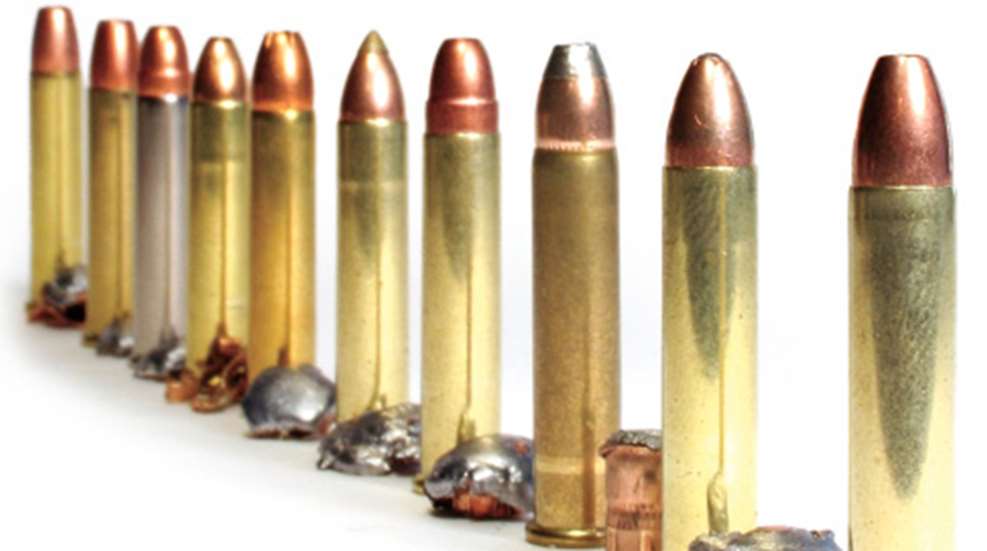
Thirty-five years ago I convinced Dad to buy me a “.22 Magnum” because I sometimes found groundhogs too stubborn to surrender to a .22 LR, especially at longer ranges. Recently, the incredibly accurate, faster and flatter shooting .17 HMR stole some of the .22 Magnum’s thunder. It even swayed me for a time; however, with the assortment of loads now available, the 50-year-old .22 Winchester Magnum Rimfire (WMR) is more versatile and more accurate than ever. With substantially more power than a .22 LR it’s like a rich man’s .22. And, since it’s much cheaper to shoot than any centerfire, it can be a poor man’s varmint rifle. A .22 Magnum will change the way you hunt squirrels and is coyote-capable out to 100 yards, with the proper bullet.
There are over a dozen different .22 Magnum loads offering a wide range of terminal performance. This allows hunters to perfectly match their ammunition to the game being hunted. But to do this effectively, you have to know something about each load that is not written on the box.
From a terminal performance standpoint there are three categories of .22 Magnum ammunition. There are high-velocity loads with bullets that offer volatile expansion and shallow penetration. On the other end are the deep-penetrating full metal jacket bullets. In the middle are the loads that offer a balance between massive tissue destruction and penetration, what you might call general purpose loads.
To illustrate these terminal performance differences, I tested 10 different .22 Magnum loads in 10 percent ordnance gelatin. Unlike most gelatin tests conducted at muzzle velocity, I set the gelatin blocks at 50 yards to more closely replicate real-world hunting situations. Each load was also tested for accuracy in a fine shooting Browning T-Bolt. Accuracy will likely vary in your rifle but the good news is there are multiple loads to choose from in each category.
My pick for small, edible game like squirrels would be either CCI’s 40-grain TMJ or Winchester’s new 28-grain lead-free Green load because neither will destroy a lot of meat. For larger critters like raccoons and even crows, I like the high-velocity 30-grain offerings because of the massive tissue destruction they offer. They’d be great for exploding prairie dogs, too. For the largest and toughest critters you might tackle with a .22 Magnum, like coyotes and groundhogs, CCI’s 40-grain Game Point stands out because it penetrates deep and expands wide. Because of its balance between penetration and tissue destruction, my choice for a multi-purpose load would be Remington’s 33-grain AccuTip.




































